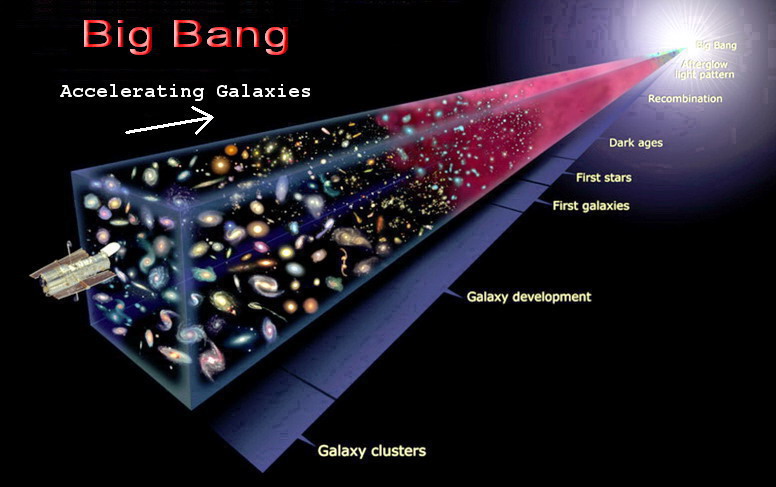
Excerpt from thespacereporter.com
The formation of water vapor after the Big
Bang was constrained by the lack of oxygen; it and other elements
heavier than hydrogen and helium were created only later on, in the
death throes of the first generation of massive stars. Oxygen created by
the demises of early stars was swept out in to space by the explosions
of supernovae and stellar winds, eventually joining with hydrogen to
form water.
This process created islands of gas replete with heavy elements, such
as oxygen; these regions were more bereft of oxygen than gaseous
regions in the modern Milky Way galaxy. However, a new study by Tel Aviv
University and the Harvard-Smithsonian Center for Astrophysics (CfA)
has determined that, in certain islands, water vapor might have been as
plentiful as it is today, only a billion years after the Big Bang.
According to a CfA statement,
the researchers looked at whether water could form in the primordial
molecular clouds, which were deficient in oxygen. Their analysis
indicated that large quantities of water could form at around 80 degrees
Fahrenheit. Water molecules would have been shattered by ultraviolet
light emitted by stars; however, after hundreds of millions of years, an
equilibrium between water creation and destruction would be reached.
“We looked at the chemistry within young molecular clouds containing a
thousand times less oxygen than our Sun. To our surprise, we found we
can get as much water vapor as we see in our own galaxy,” said
astrophysicist Avi Loeb of CfA.
The new study has been accepted for publication in the Astrophysical Journal and is accessible online.
Source Article from http://feedproxy.google.com/~r/AscensionEarth2012/~3/tGdkCGpt0Nk/water-may-have-been-abundant-short.html
Water may have been abundant a short billion years after Big Bang
No comments:
Post a Comment